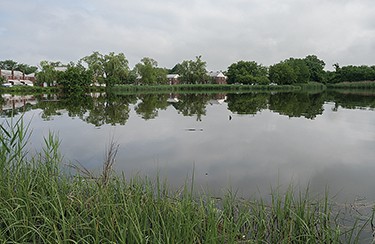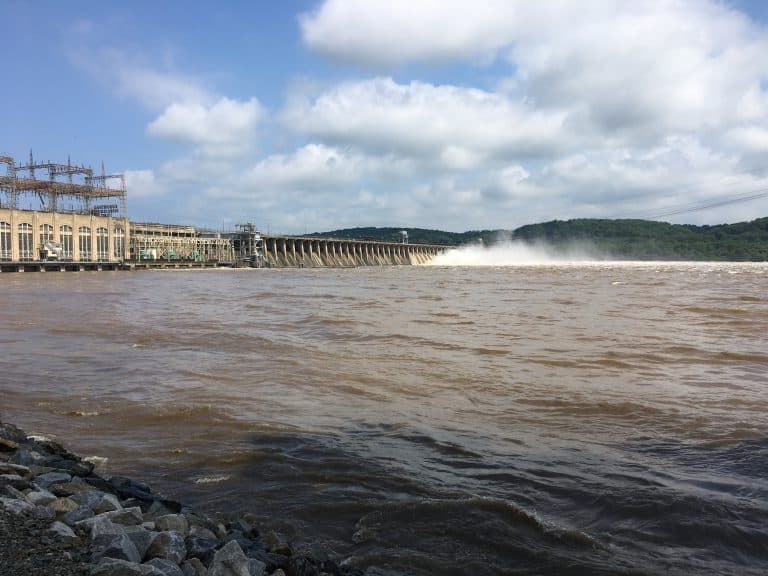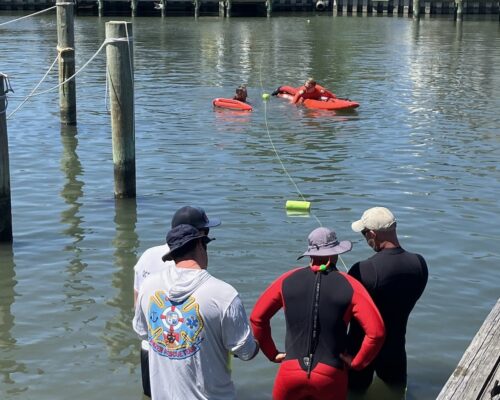By Timothy B. Wheeler, Bay Journal News Service
A novel plan to refurbish an old waterfront park near Baltimore with sand and silt dredged from the harbor has received its first major infusion of the cash needed to make it a reality.
Community leaders in Turner Station, a historically African American neighborhood in Dundalk southeast of the city, cheered the announcement last week that the Maryland Port Administration would give $500,000 toward their hoped-for revival of Fleming Park.

“We are just so excited about this,” said Gloria Nelson, president of the Turner Station Conservation Teams. “This will get us started.”
The 16-acre park once drew residents for crabbing, fishing and strolling along a boardwalk overlooking Bear Creek, a tributary of the Patapsco River. But the wooden walkway is almost gone, and the waterfront is walled off by thick stands of invasive wetland plants.
For the last two years, Turner Station community leaders have been seeking help to replace the park’s overgrown, rocky shoreline with a marsh of native plants that would draw waterfowl and other wildlife. They’d also like to rebuild the boardwalk to help bring people back to the water.

They’ve teamed up with the port administration on a plan that would use dredged material from harbor shipping channels to create the wetlands, build a berm along the waterfront and re-landscape the park’s playground.
The port has an interest in supporting the Turner Station project because it has faced challenges over the years in finding acceptable places for depositing the sand and silt dredged to maintain deep shipping channels. To have a community welcome it is a major step forward in shifting public perception of what used to be called “dredge spoil.”
The MPA funding will pay for an environmental assessment of the project, a necessary first step to getting regulatory approval to carry out the plan. It will also help with engaging the community, refining the project’s design and applying for permits, according to the MPA.
“Turner Station Conservation Teams and our historic community are proud to partner with MPA on this innovative project,” said Larry Bannerman, who represents the community on a port administration advisory committee. He said he believes that the Fleming Park makeover could serve as a blueprint for similar uses for dredged material.
Completing the project will require much more funding, with the precise amount still to be determined as planning progresses. But Nelson said she’s encouraged by the money received so far and by expressions of support from Baltimore County and state leaders, among others.
“We have been working since 2017 to get support,” Bannerman said, “and we are proud to say that our political leaders, local businesses, community leaders and others have given us full support.”
Several private businesses and nonprofits are also working with the community to advance the project, including the landscape architecture firm Mahan Rykiel Associates, the Chesapeake Bay Foundation, The Nature Conservancy and Anchor QEA, an environmental and engineering consulting firm that specializes in shoreline and water resource projects.



